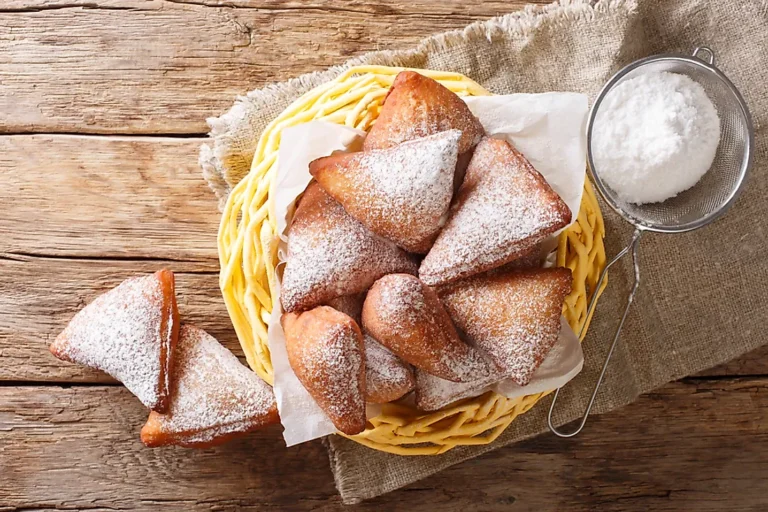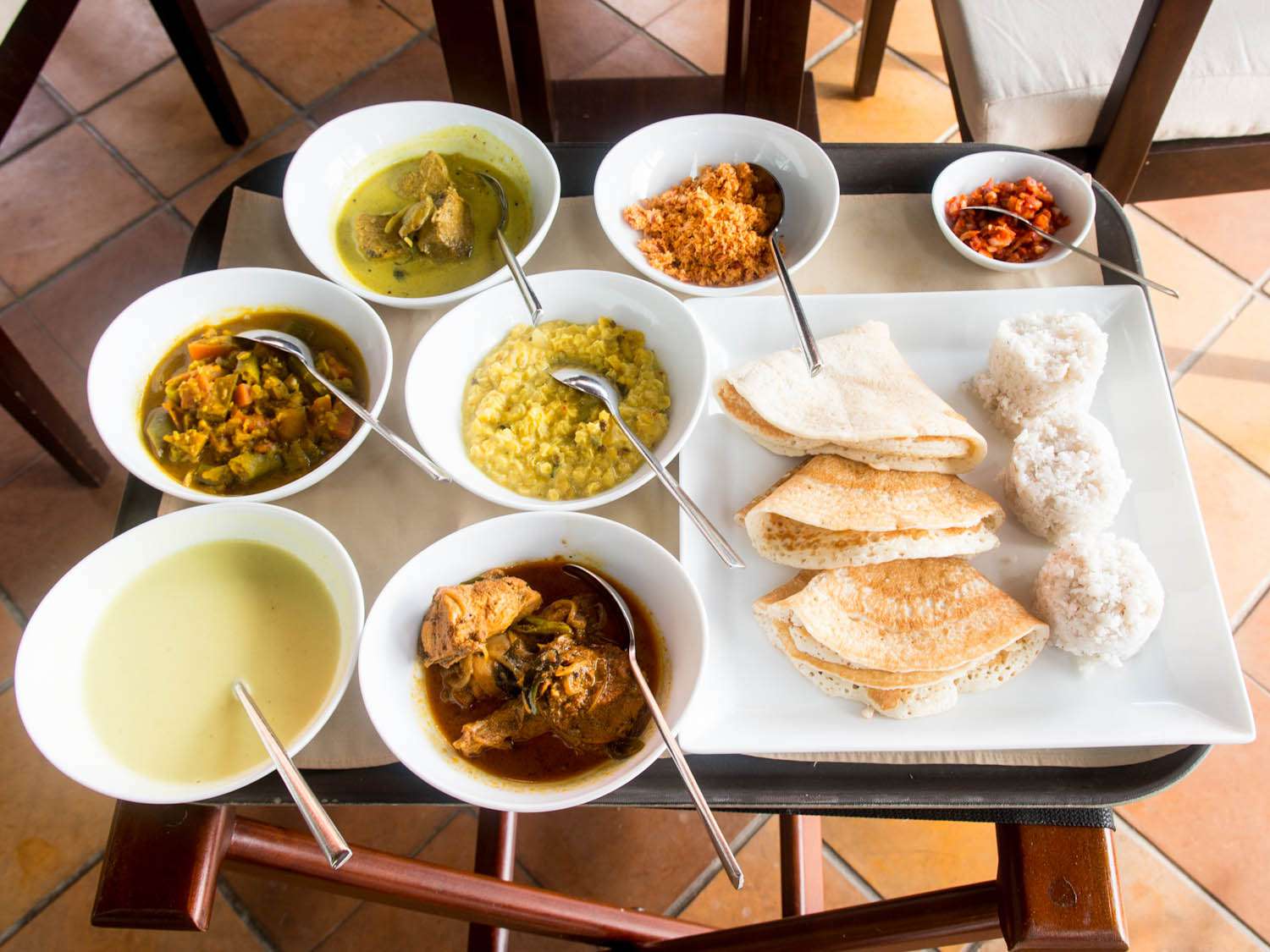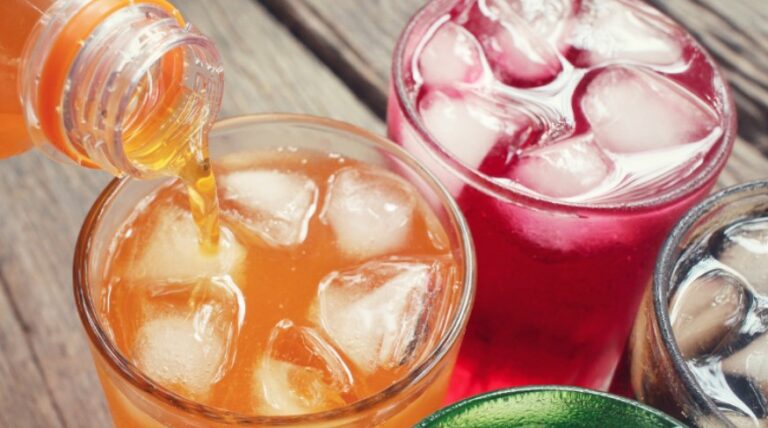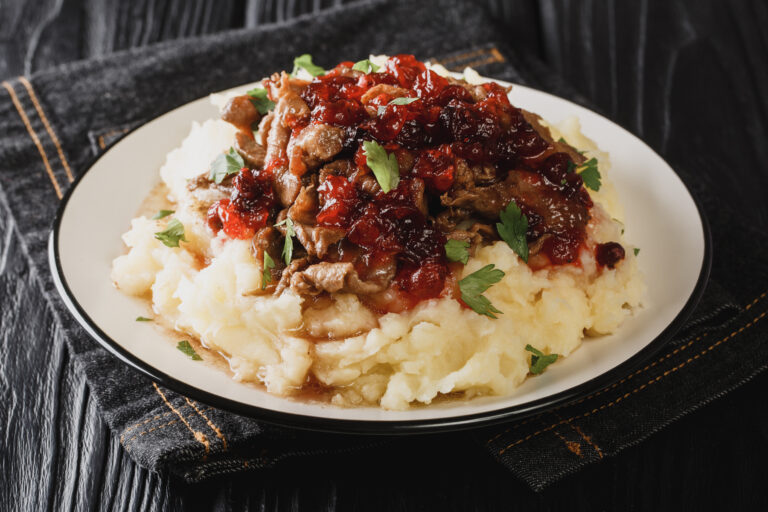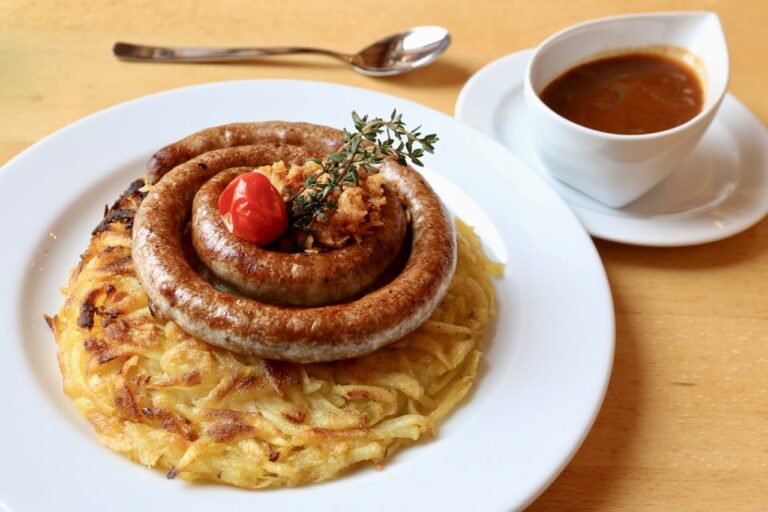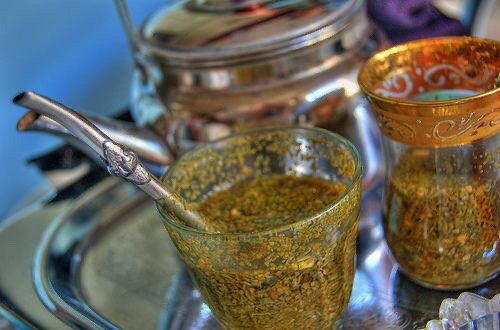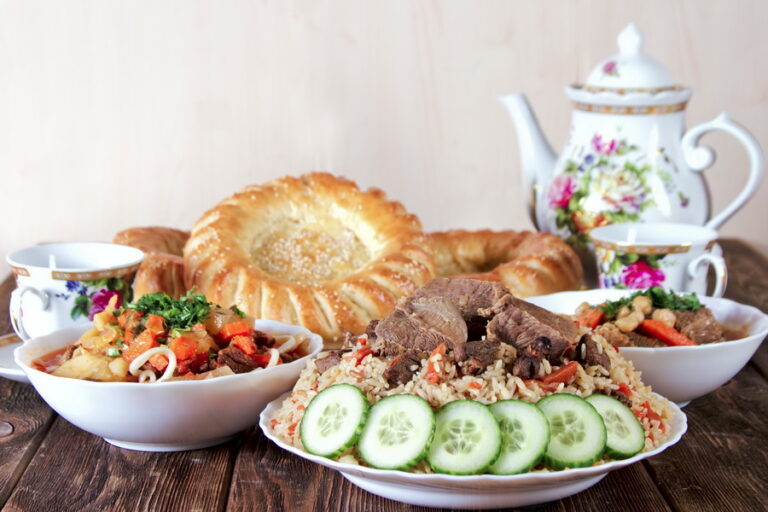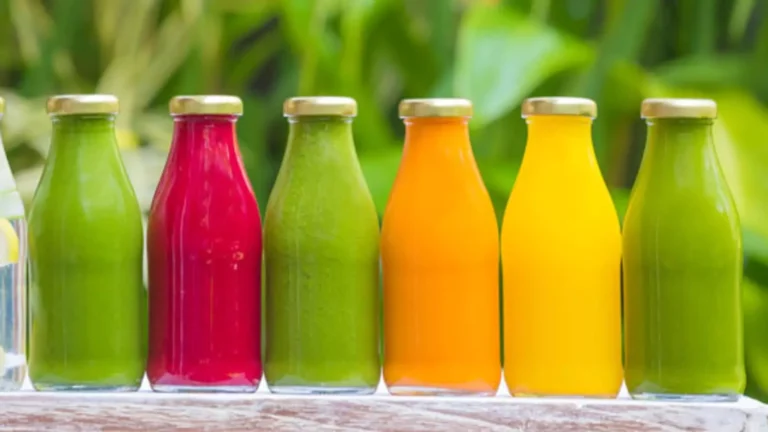Introduction: Traditional Spanish Beverages
Spain is famous for its delicious cuisine and drinks, and its traditional beverages are no exception. From refreshing wines to fruity cocktails, Spanish drinks are an excellent way to experience the country’s culture. Whether you prefer non-alcoholic or alcoholic drinks, there’s a traditional Spanish beverage that’s sure to delight your taste buds.
Here are five traditional Spanish drinks that you should try on your next visit to Spain or at a Spanish restaurant near you.
Horchata: A Popular Spanish Drink
Horchata is a non-alcoholic, milky drink made from ground tiger nuts, sugar, and water. It’s popular in the Valencia region of Spain, especially during the summer months when it’s hot outside. The drink is naturally sweet, nutty, and refreshing, making it a perfect choice to quench your thirst on a hot day.
In addition to tiger nuts, horchata can also be made from rice, almonds, or other nuts. Many people enjoy drinking horchata with a pastry or a sweet treat, such as a churro or bunuelo.
Sangria: The Classic Spanish Wine Punch
Sangria is perhaps the most well-known traditional Spanish drink. It’s a wine punch made by combining red wine, chopped fruit, and sweeteners, such as sugar or orange juice. Some recipes also include other liquors, such as brandy or rum.
Sangria is typically served in a large pitcher or bowl and is perfect for sharing with friends over a long dinner or on a sunny afternoon. The drink is refreshing, fruity, and slightly sweet, making it a crowd-pleaser for almost any occasion.
Tinto de Verano: Refreshing Wine-Based Drink
Tinto de Verano is a refreshing wine-based drink that’s perfect for warm weather. It’s made by mixing red wine with carbonated water or lemon soda and served over ice. Some people also add a slice of lemon or lime for extra flavor and freshness.
Tinto de Verano is a popular drink in Spain, where it’s often enjoyed as an alternative to Sangria. It’s less sweet and fruity than Sangria, but just as refreshing, making it an excellent choice for anyone who prefers a lighter, less alcoholic drink.
Clara: The Spanish Beer Cocktail
Clara is a Spanish beer cocktail made by combining beer with lemon soda or lemonade. It’s a popular drink in Spain, especially during the summer months when it’s hot outside. Clara is refreshing, slightly sweet, and perfect for quenching your thirst after a hot day outside.
In some regions of Spain, Clara is made with a dash of grenadine syrup, which adds a fruity touch to the cocktail. Clara is typically served in a tall glass over ice, making it an excellent choice for sipping on a hot day.
Agua de Valencia: A Fizzy and Fruity Cocktail
Agua de Valencia is a fizzy and fruity cocktail that’s perfect for celebrations or special occasions. It’s made by combining sparkling wine, orange juice, vodka, and gin. Some recipes also include cava, a Spanish sparkling wine, for an extra bubbly touch.
Agua de Valencia is a popular drink in Valencia, where it was invented in the 1950s. The drink is sweet, fruity, and slightly boozy, making it an excellent choice for anyone who enjoys a fun and festive cocktail. Agua de Valencia is typically served in a large pitcher or bowl and shared among friends.

